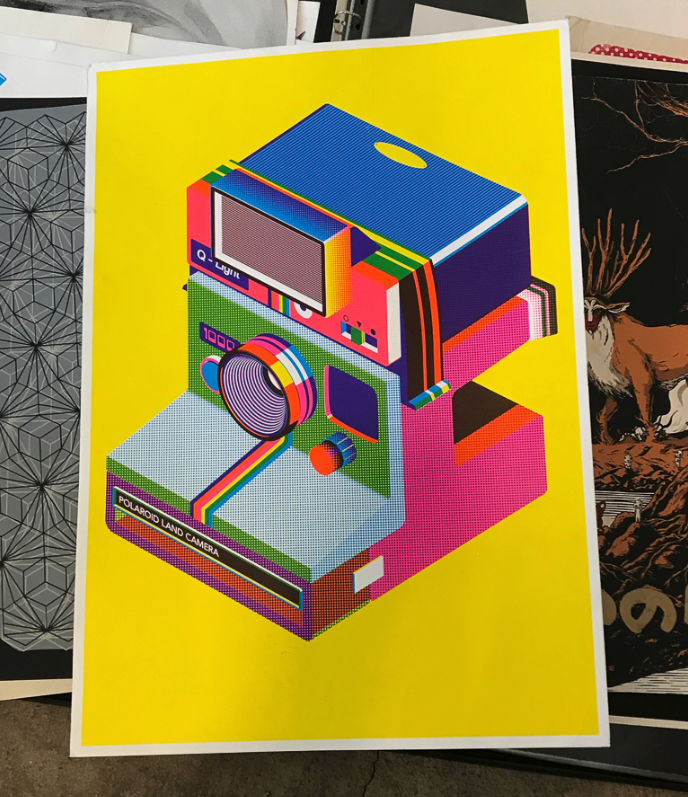Screen Printing Lesson 23.05.19
- Kali
- 24 мая 2019 г.
- 2 мин. чтения
Today, our lesson was held in a new class, block Z, where I have not been. And I was pleasantly surprised, because it turned out to be a unit specifically for the ICAD faculty. Ms Vin Sze sent us a list of necessary tools for the lesson and of course, not everyone found Photo Emulision, but brought the other objects.
From my research I found out that Screen printing (silk-screen printing or silk screen printing) is another type of printing used in printing. But this type of printing is very different from all the others in that it allows you to apply any full-color image on any surface. Yes, that's right - for ANY! Whether it is paper or cardboard, plastic or oracle film, wood or metal, cloth or glass - any base will do, and the image on it will be bright, clear and beautiful.
We were spent learning the basics of screen printing and learning how to set up our pre-prepared artwork files ready for printing. Our class was shown some real-world examples, which were mostly done by artists. I was absolutely blown away by what is possible using only a few colours.
When the designer creates something, he wants to hear comments that will please him. I would like to hear : “That smell is really feng shui for me.” The same thing here, the task that we received at the end of the lesson, we will try to perform at 100%.
We started from the thing that Photo Emulsion is very important in Screen-printing, because without this thing you can not to do it as well.
To get an artwork onto a screen, we first needed to visit the dark room. Here, we walked through the process of transferring photo-sensitive emulsion onto the back of our screen. Tipping the emulsion from a tray onto the screen and then sliding it up to the top (in the dark) was a little tricky. Once dry, we started actually transferring the artwork to the screen. This was done on a behemoth of a machine. The acetate positives were placed face up on the glass, with our dry screens (with a coat of emulsion) centred on top. Then, with the machine lid down, a vacuum is formed around the screens to force them onto the glass and to keep them still.
When the screen came out of the machine, there didn’t seem to be much difference. You could maybe see a faint outline of the artwork on the screen.
However, when the excess emulsion was washed out (with a little scrubbing and some water) the artwork was as clear as day.
What was left was a screen with emulsion covering the areas that we didn’t want colour to pass through. Approximately in this way we saw what Screen-printing is.
I found a couple interesting examples of Screen-Printing that was interested me. Can look at these :






















Комментарии